Did you know that having too much clutter, including paper clutter, can make you more anxious, affect your sleep, and make it harder to focus?
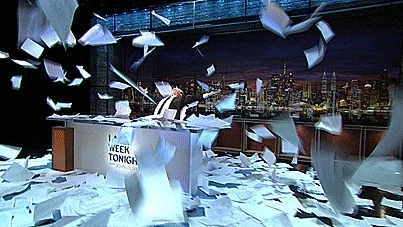
Reduce stress by getting rid of your paper clutter once and for all!
1. Divide and Conquer
Gather all your paperwork into one pile and divide everything into 2 categories: keep & recycle.
You may also have a third pile if you need to shred some top-secret info. 🤫
You'll be left with a lot fewer papers already once you've removed the stuff you want to recycle or shred. No doubt, you're already breathing a sigh of relief!
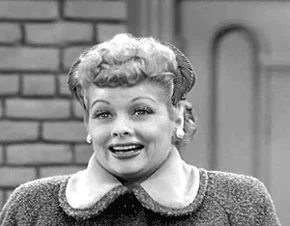
Now divide the "keep" pile into 2 more categories: active and inactive papers.

Active Papers
Things you regularly refer to, such as timetables or upcoming payments.
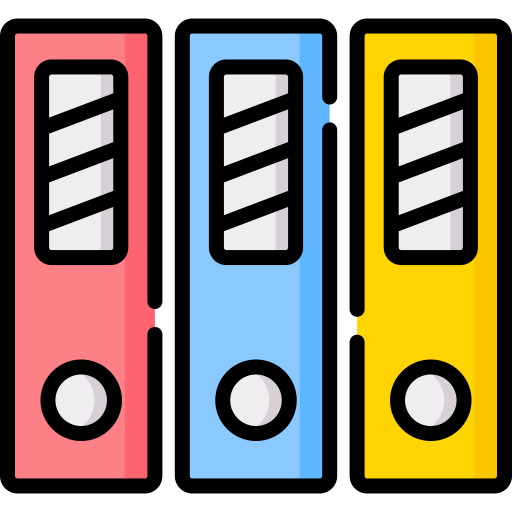
Inactive Papers
Documents you don't regularly use, such as tax information.
2. Find Homes for Your Papers
So now you have 2 stacks sitting there: active and inactive. It's time to find homes for them!
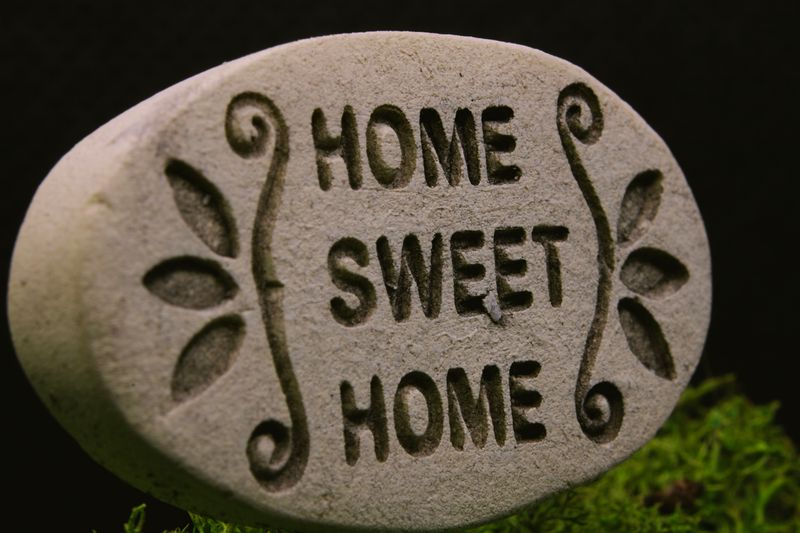 Photo by James Lee on Unsplash
Photo by James Lee on Unsplash 
Active
Take the active stack and find an easily accessible home for it.
For example, use a wall organizer, bulletin board, or desk tray to help make these files more visible.

Inactive
Organize the inactive pile into folders in a filing cabinet or boxes.
Put the cabinet or boxes in a convenient, out-the-way spot.
3. Label and Forget About It

Whether the item is active or inactive, be sure to keep each type of document in its own container or folder and label it. For example, bills to pay shouldn't be tucked in with a notice about carpet cleaning in your building.
Choose labels that are:
brilliantly easy to read
understandable to you
generic (for example, label a folder "Insurance" not "Scotialife")
but not too generic (like "Documents")
Quiz
Sally just finished recycling all her old magazines and outdated financial documents. What should she should do now with the stack sitting on her desk that she wants to keep? Select all that apply:
4. Go Digital
If you're a minimalist or don't want to handle paper constantly, you can use your phone or a scanner to scan all your documents!

You can then keep them in folders on your computer with a backup on Google Drive, Dropbox, or your backup app of choice.
Once you've gone through the trouble of scanning all your stuff, you can throw out some of the paper versions.
However, some paper documents, such as passports and birth certificates, should be kept in paper format. But you knew that, right?

5. Rinse and Repeat
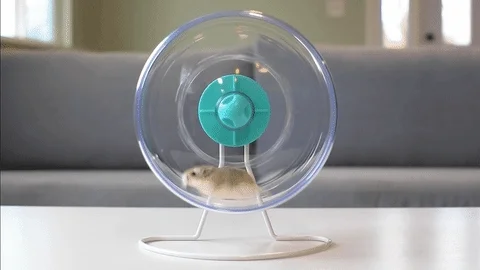
You have everything neatly organized. Now what? We all know papers pile up quickly, so keep things moving.
When you get incoming mail and other paper items, take action immediately! Ask yourself: shall I keep it, or shall I trash it? Then do what needs to be done.
Take Action
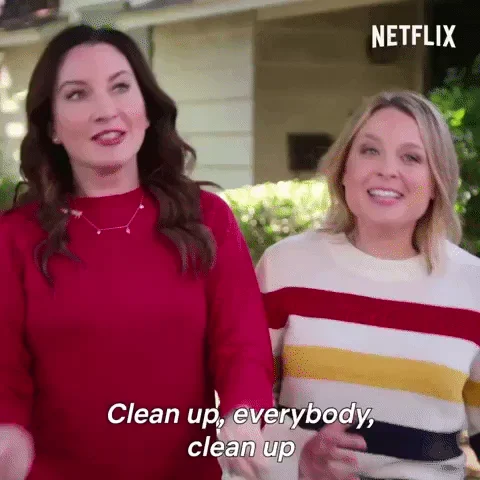
Get started on your paper decluttering today!
Your feedback matters to us.
This Byte helped me better understand the topic.
